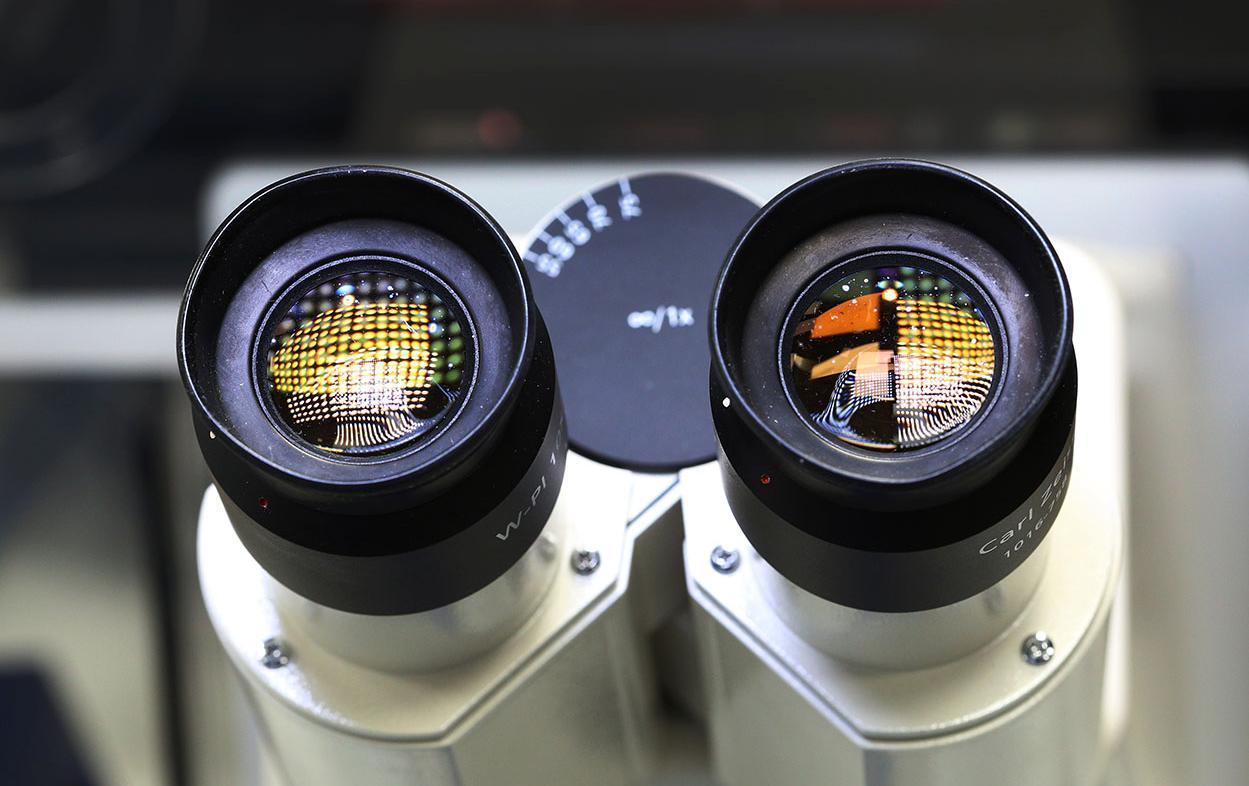
Department of Eye and Vision Sciences
The Department of Eye and Vision Sciences in the Institute of Life Course and Medical Sciences is working to transform our understanding of the eye and the process of ‘seeing’.
Our scientists, engineers and clinicians work from cornea to cortex, and from bench to bedside, to uncover how basic mechanisms, processes and structures relate to vision. Then we investigate how these are affected by ageing and disease. This work is having life-changing results for patients of all ages across the globe.
The diseases we study are extensive, but focus on chronic, common and sight-threatening conditions affecting the eye and related structures. We are seeking improved methods of disease prevention and early detection, with new treatment and modes of delivery.
The cutting-edge facilities in the University of Liverpool’s new William Henry Duncan Building provide a state-of-the-art hub in which our clinical and non-clinical scientists carry out their research. Our translational research is facilitated and enhanced by our close links with St Paul’s Eye Unit and the Clinical Eye Research Centre, both part of the Liverpool University Hospital Foundation Trust.

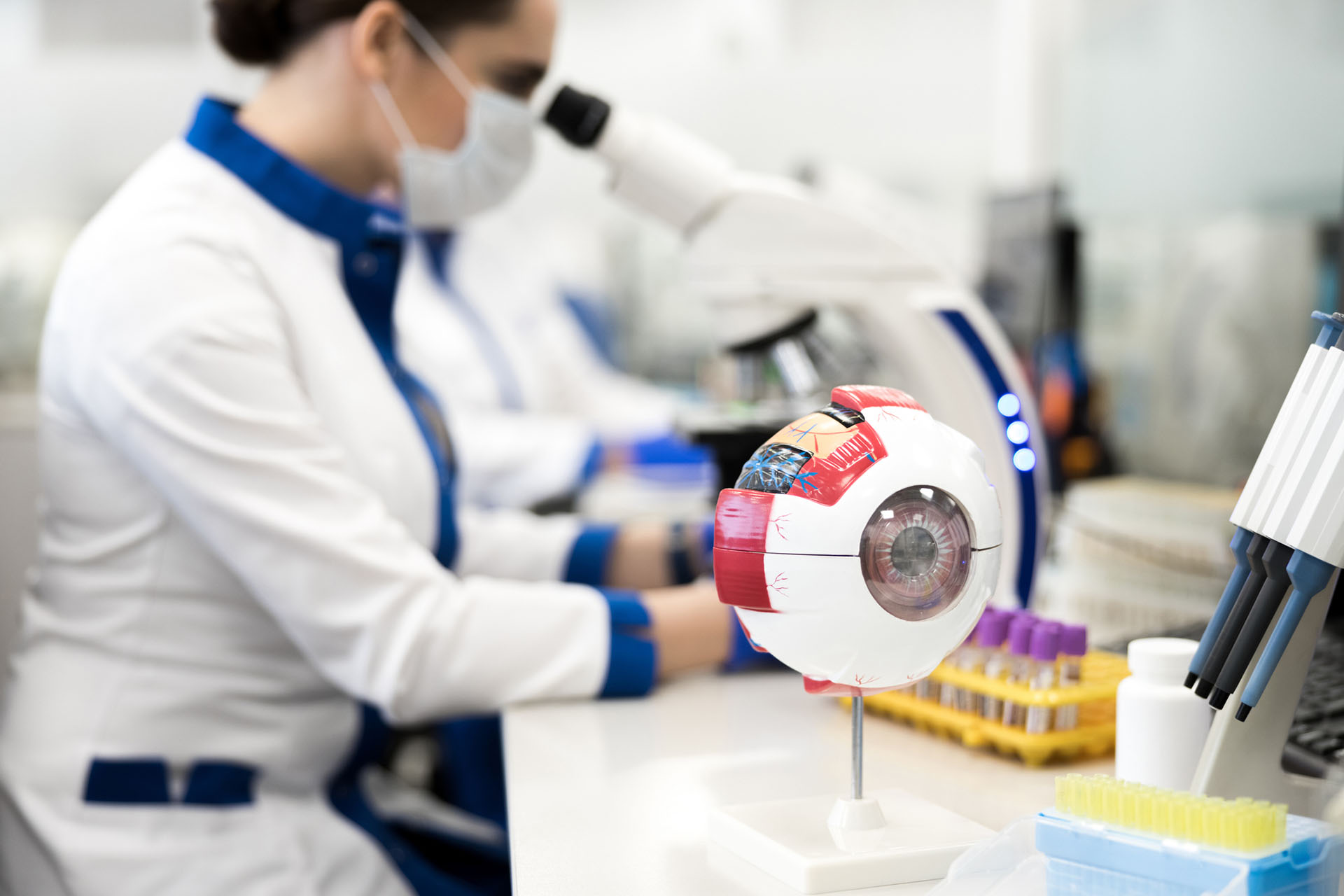


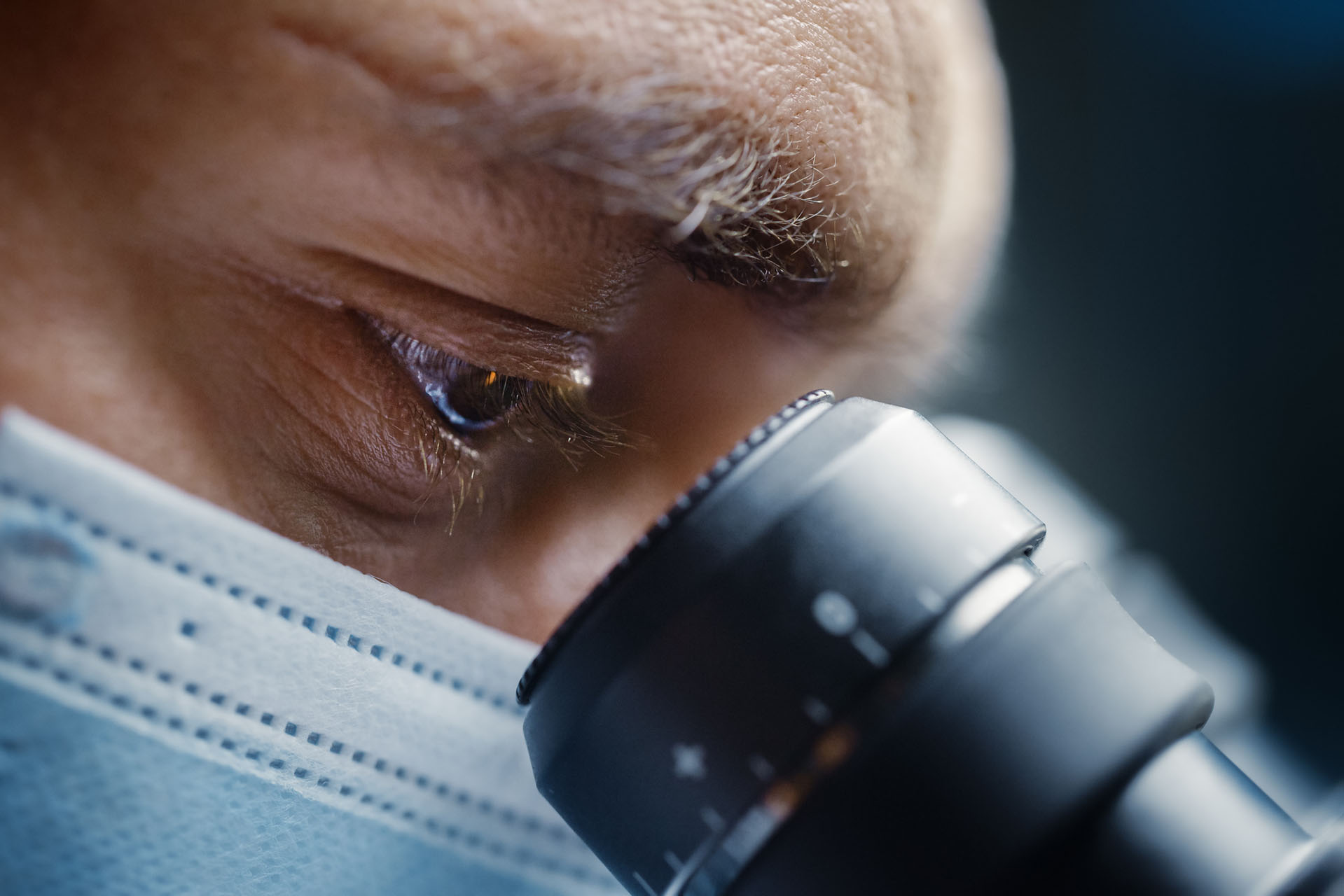
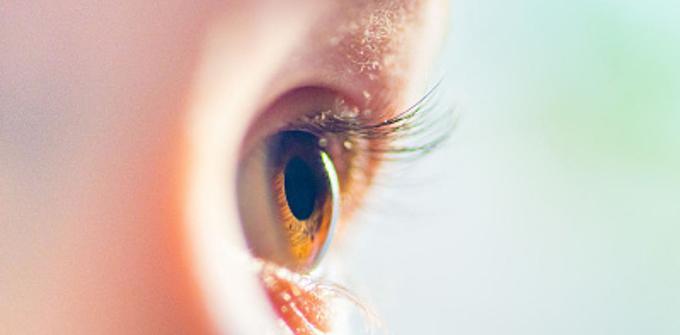
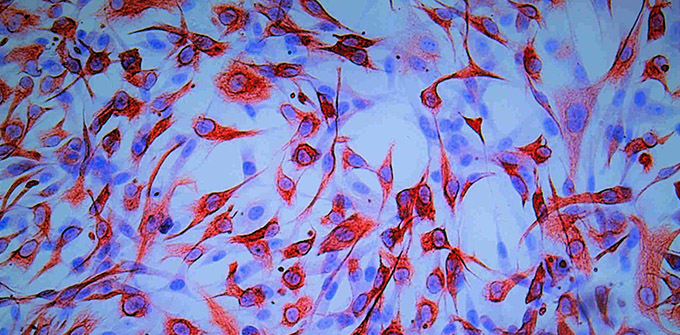
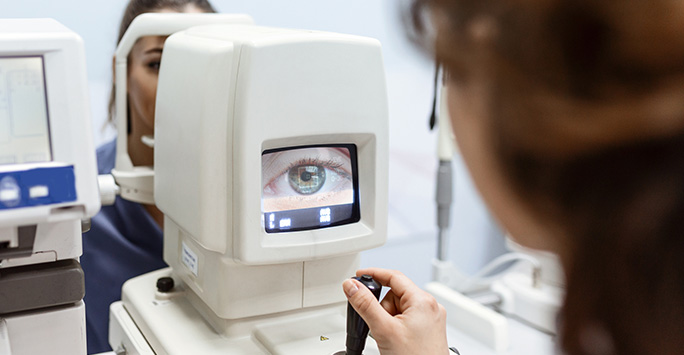




.jpg)